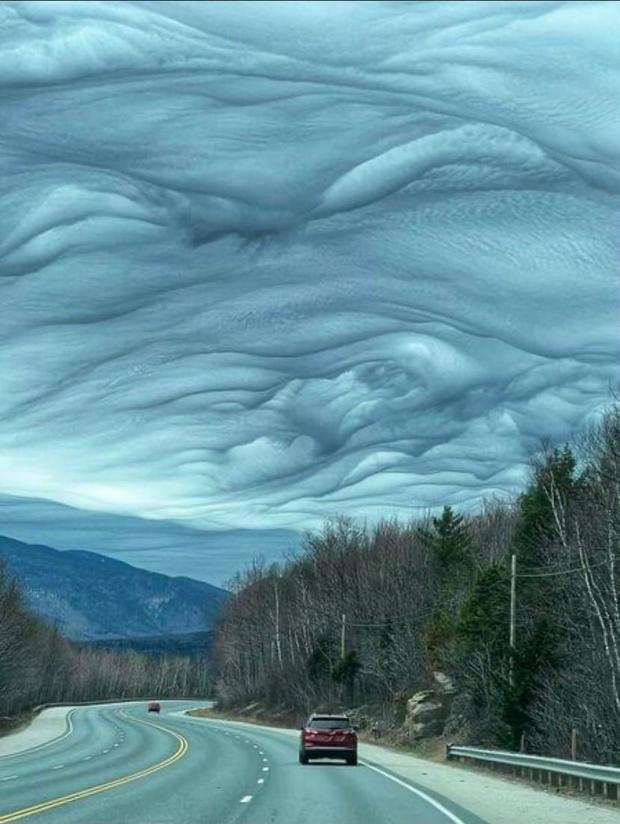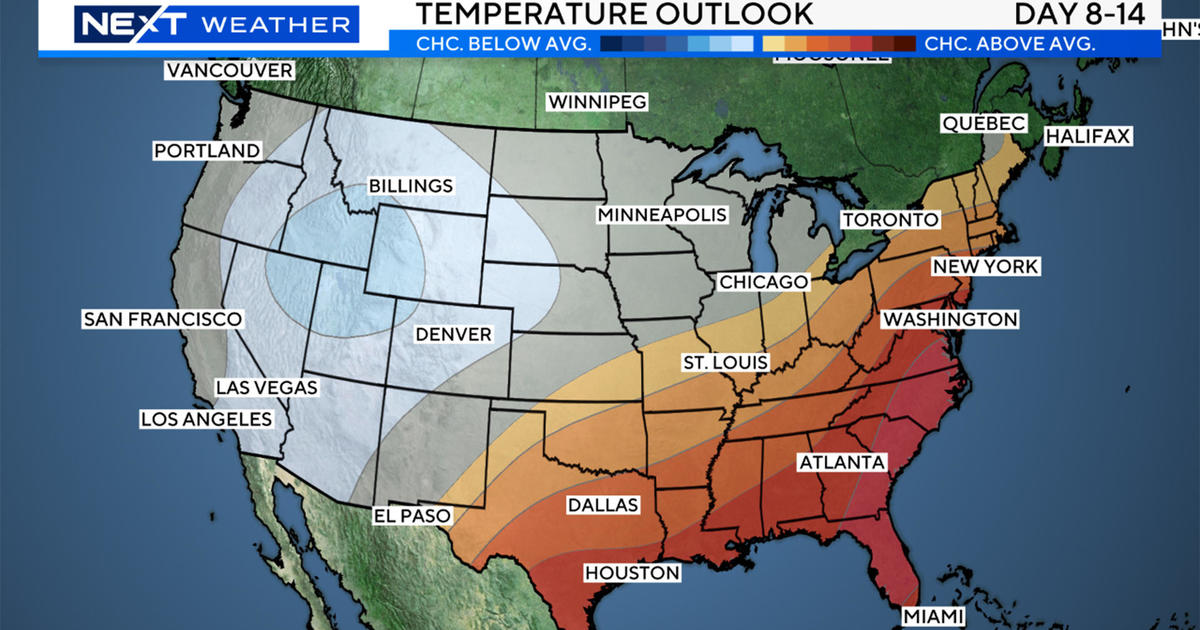Unusual 'wave-like' clouds make for stunning sight in New England
By Terry Eliasen, WBZ-TV Meteorologist, Executive Weather Producer
BOSTON - Imagine you are driving along one of the quiet, mountainous roads in New Hampshire and you come upon this:
Did you just enter another dimension? Perhaps you were transported into a Monet painting? Or did Mother Nature just turn on her blender?
The answer. . . "Undulatus Asperatus" clouds!
Believe it or not, this is a fairly new classification of cloud in our sky! First noticed and documented back in 2009, these other worldly-looking clouds were proposed to be the newest cloud formation added to the official International Cloud Atlas since 1951.
They became official in March of 2017 and were simply named "Asperitas," shortened from Undulatus Asperatus.
While they look ominous, they are not typically associated with any real storm formation. In fact, they are more commonly seen after thunderstorm activity has dissipated.
They are a sign of extreme instability aloft opposed by stability at the lower levels of the atmosphere.
The official definition in the International Cloud Atlas:
Well-defined, wave-like structures in the underside of the cloud; more chaotic and with less horizontal organization than the variety undulatus. Asperitas is characterized by localized waves in the cloud base, either smooth or dappled with smaller features, sometimes descending into sharp points, as if viewing a roughened sea surface from below. Varying levels of illumination and thickness of the cloud can lead to dramatic visual effects.




